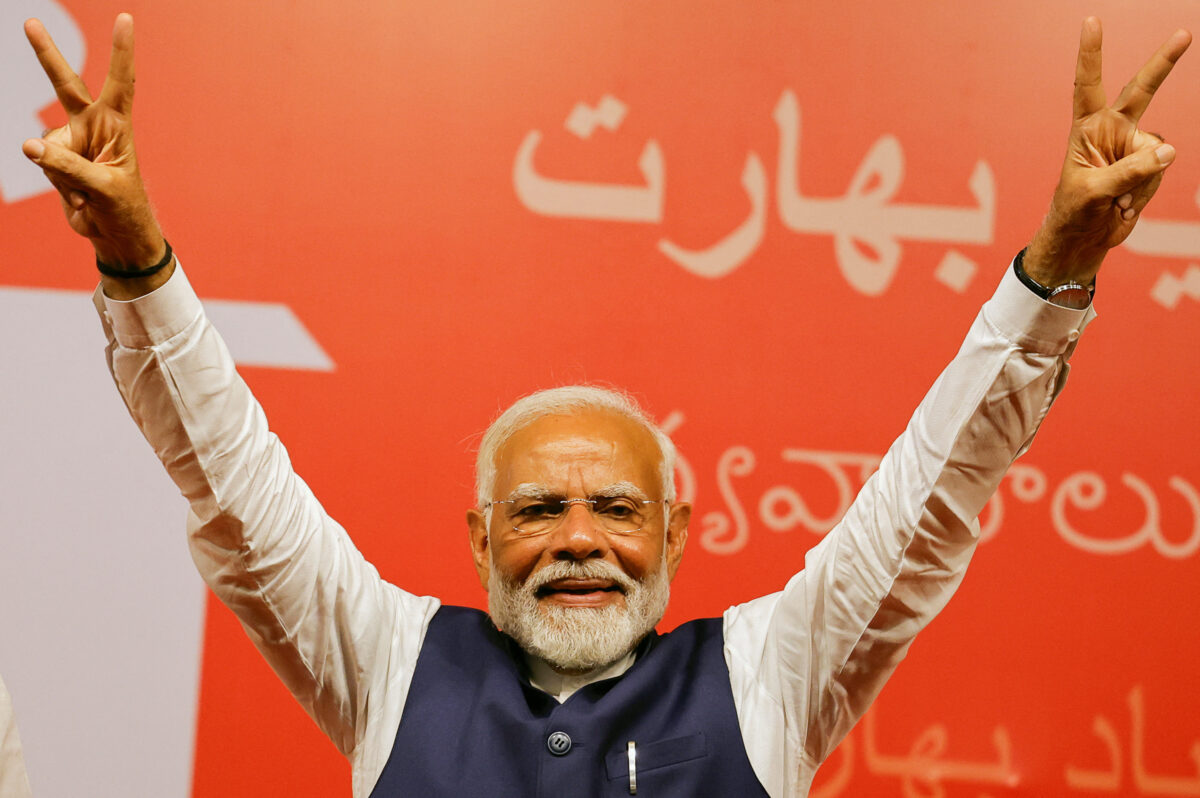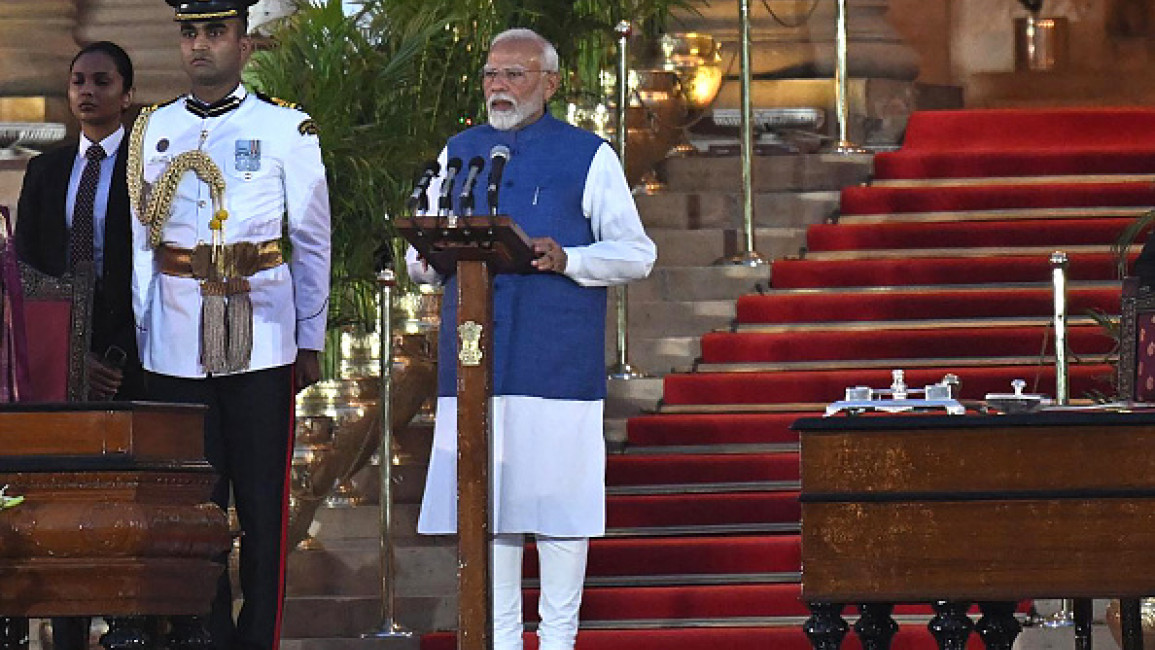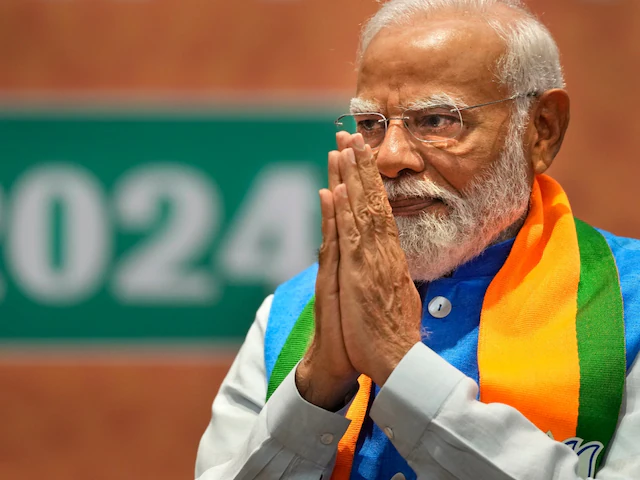India has involvement with consolidation governments. A few of the biggest coalitions, including six to twelve parties, have been built up in the world’s most crowded democracy. Narendra Modi who has sworn for the Prime Minister of India for the third consecutive term is dependent on two partners: Janata Dal (Joined together) and Telugu Desam Party(TDP).

During the period from 1989 to 2004, there were six general elections in which no single party got a larger part. A few of these coalitions were very tumultuous: from 1989 to 1999, eight coalitions were made, and numerous of them deteriorated rapidly.
However, a few of India’s most imperative financial changes and most noteworthy development rates have happened amid consolidation organisations, headed by both the Congress and the Bharatiya Janata Party (BJP).
To begin with, since 2014, India is going to have a consolidation government without any one party having a majority.
Narendra Modi 3.0
Narendra Modi from the BJP, equipping up for a third term as prime minister, has experienced a diminution in his larger part due to a more grounded restriction. As of now, he basically depends on two partners inside his National Majority rule Union (NDA) to secure a parliamentary majority.
But can Mr. Modi, who is reliably represented with a larger part as the chief minister of Gujarat state and as India’s prime minister, and who has been an overwhelming figure in legislative issues for a decade, successfully oversee a consolidation government?
Can he move away from his definitive approach and effectively join together assorted territorial partners? Will he be able to diminish the extending identity religion advanced by his party and a steady media to grasp a more collaborative and unassuming image?
Challenges in overseeing a coalition
It is broadly accepted that Mr. Modi may confront challenges in overseeing an amalgamation easily. The two key partners that Mr. Modi intensely depends on are two territorial parties, Janata Dal (Joined together) and Telugu Desam Party (TDP), collectively holding 28 seats. Both parties are headed by prepared and sharp pioneers – Nitish Kumar and N Chandrababu Naidu, separately. These pioneers have already been part of BJP-led central fusion governments but afterward surrendered due to differences with the administering party, especially concerning Mr. Modi.

In 2019, when he was the Andhra Pradesh chief minister, Mr. Naidu alluded to Mr. Modi, who was his political rival at the time, as a “terrorist”.
Politics makes startling conclusions – India is well mindful of this reality. Coalition governments depending on only two or three partners are particularly at risk of falling separated if indeed one partner pulls back their support.
Many individuals think that if Mr. Modi leads an amalgamated government, it may make the popular government more grounded. They accept it might reduce the prime minister’s control, spread out decision-making, include more oversight, engage the resistance, and make education like the government, courts, and media more independent.
Atal Behari Vajpayee, a regarded BJP pioneer, effectively drove a coalition government from 1998 to 2004. He sold government-owned companies, empowered remote ventures, built interstates, facilitated exchange limitations, and indeed kickstarter an innovation boom. He lifted a long-standing boycott on atomic tests, decreased clashes with Pakistan, and reinforced connections with the United States. A lot of this was due to Mr. Vajpayee’s agreeable approach.
Mr. Modi’s group is not at all like the ones before. Indeed in spite of the fact that they didn’t get all the 272 seats for a full government, the BJP got 240 seats, so they are still a solid and driving coalition.
In the past, a few governments did well with fewer seats. Congress oversaw an effective government with 232 seats in 1991, and with 145 and 206 seats in 2004 and 2009.
Also, Mr. Modi heads a strong and new BJP. His near partner, Amit Shah, speaks to a changed beat authority fashion that Congress pioneer Shashi Tharoor sees as a solid and uncompromising way of governing.
In the past, when BJP drove groups, they set aside their fundamental questionable subjects to please their partners. A lot of what the party needed – like changing Kashmir’s status, building the Ram Temple – has as of now happened whereas Mr. Modi was in charge. Now, will his partners inquire him to calm down his divisive conversation, particularly towards Muslims, which he utilised a lot amid the elections?
To work well together in amalgamation, everybody needs to act as a group and keep each other in check. Presently, the huge address is what important points the consolidation accomplices and the BJP can discover common ground on. Mr. Modi’s party needs to bring back a wrangle about the thought of holding decisions for both the nation and states at the same time, which India halted doing in 1967.
His party moreover said they would bring in a Uniform Gracious Code (UCC), one set of individual laws for everybody, no matter their religion, sex, or sexual introduction. This thought was contradicted some time recently by both the primary Hindus and the minority Muslims in the nation. Another dubious subject is changing the parliamentary boundaries, set to happen after 2026. The wealthier, less swarmed southern states stress that Mr. Modi might increase the number of seats in parliament, which seems advantageous to the poorer, more populated Hindi-speaking states – where the BJP is strong.
Mr. Modi will require to pay consideration to what the territorial and state pioneers in his partners need and back their objectives. The TDP and JD(U) have inquired for uncommon treatment for their states, which implies they need more cash from the government. The partners are moreover looking to get important roles in the government, as per the news.
Even in spite of the fact that the economy is getting superior because of government spending, Mr. Modi has to make more employment and increment earnings for the destitute and middle-class individuals. India’s economy needs a lot of changes in farming, land and labour. Mr. Modi might have to work closely with his partners to make these changes happen.
Some individuals think that Mr. Modi, who is used to being the centre of attention, might find it difficult to work together with others on legislative issues.



